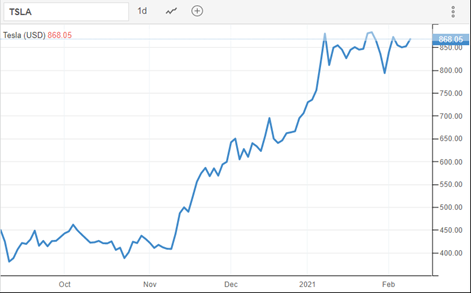
There is a growing chorus in “market literature” about the alleged coming back of the inflation spectre. Inflation is increasing this year because of oil and pent-up demand one-off effects. Still, the hawks are invoking all possible inflation causes to justify their warnings.1/
However, all official institutions, national and international, are not forecasting high inflation. Taking into account this year`s one-off shocks, the FED projects inflation this year and next to be only 2.4% and 2%, and the ECB forecasts the pow levels of 1.5% and 1.2% 2/
Disregarding those predictions, hawks mention all possible drivers to justify their inflation scare. From fiscal deficits, regardless of private demand and economic slack, to attempting to resurrect zombie monetarism of yore based on recent temporary money increases. 3/
So, I thought of some use to reproduce several charts that put some perspective on the issue, trying to assuage misplaced and exaggerated concerns. These fears could affect market yields to the point where they could hamper economic recovery. 4 /
To start, look to historic high inflation episodes in the US and the EA, clearly linked either to wars or significant oil shocks. Notice also the 25 years of low inflation hovering around 2%. What shock could possibly lead to a process of sustained high inflation? 5/ 

For the EA and the US, long term inflation expectations, 5 years 5 years ahead, do not point to high inflation 7/ 

Naturally, there will be (hopefully) a moderate increase in inflation in the next few years and consequently on nominal on market interest rates, while low real market rates can continue to help a robust recovery. Both the EA and EA must be run as “high-pressure economies” 8/
US authorities are indeed working to achieve a demand-driven “high-pressure economy” even risking some overheating. The FED said it is aiming to inflation “moderately above 2% for some time. The whole experiment can be seen as an attempt to overcome secular stagnation 9/
Unfortunately, Europe is preparing for a largely insufficient fiscal policy.The NextGeneration.EU package is being delayed by the German Constitutional Court, and no country intends to use its loan part of €350bn, as the rules of use would imply increases in deficits 10/
The US is trying to experiment with policies to fully overcome the crisis, while Europe is lingering under the burden of its ghosts and fears. The EA, a relatively closed economy disposing of a strong currency and a sizable external surplus, could do more for its citizens 11/11
• • •
Missing some Tweet in this thread? You can try to
force a refresh








